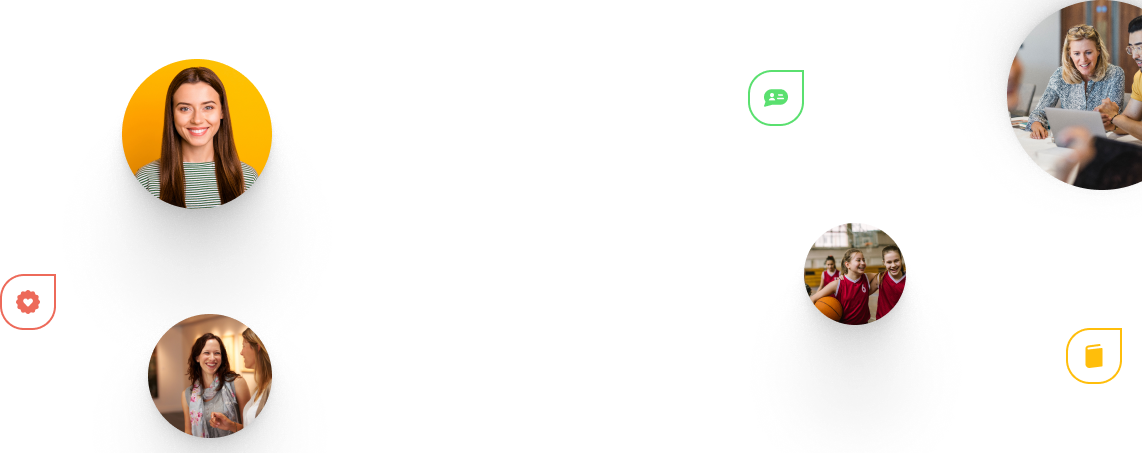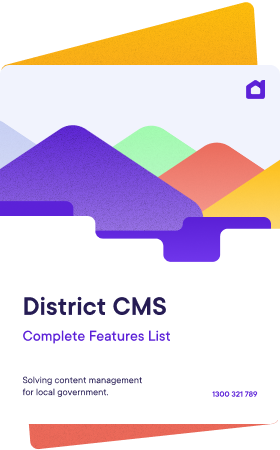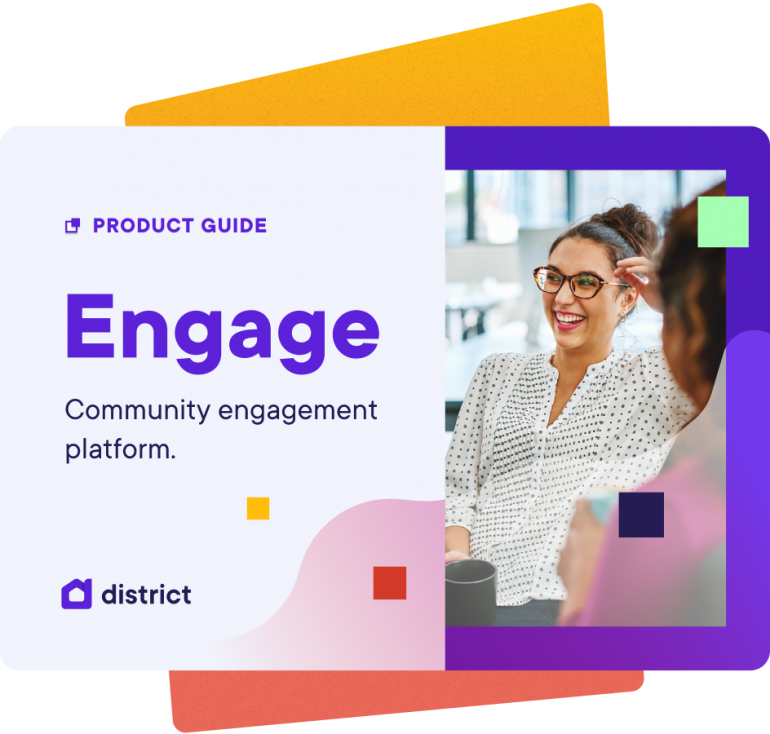To get the most out of your community engagement initiative, it pays to follow best practice. Tried and tested, these methods will enhance the success of your public consultation, and help develop a culture of trust and dialogue with the community you serve.
Drawing from the experiences and insights of the community to influence better project design becomes the norm for any civic project. When the community knows their input is valued and can influence decisions, they will be more inclined to engage in future projects.
In this article, we consider the best practice approaches for community engagement teams, to help you get the most out of your community engagement strategy.
Set clear goals and objectives
When planning your engagement strategy, ensure the purpose, scope and objectives are clear. It’s important to share these with the public, so they understand the importance of the engagement project, and how their input will be used to shape and influence the broader project. You also need to explain the extent of public influence - what decisions the public can and cannot influence.
Know your audience
Best practice engagement is inclusive and accessible to everyone who wants to be involved. Understanding your audience before the engagement strategy is designed will guarantee that it will meet the needs of the entire community. While getting to know your community can be done through existing demographic data, it is also valuable to collaborate with community stakeholders, particularly those from diverse and marginalised communities.
Community stakeholders can identify different aspects of the problem that the engagement process seeks to rectify, as well as help tailor messaging and engagement activities to meet the needs of the community they represent.
When you have an understanding of your audience, you’ll be able to set up a range of engagement activities to suit a wide range of citizens. Consider incorporating translation tools for CALD community members, ensure that the language used in survey questions is appropriate, and include a mix of participation tools and events, to ensure that everybody who wants to can have their say.
Build trust
Best practice community engagement aims to build trust and meaningful dialogue with the community. To do this, it must be inclusive and accessible, and designed to enable the full participation of the community in the consultation process.
It’s also important that the consultation clearly communicates the scope and objectives of the project, and allows enough time, resources and opportunities for the public to share their feedback during the consultation process.
Another essential part of the consultation process is closing the “feedback loop”. After the public has contributed to the engagement process, it’s important for engagement managers to share the results, and demonstrate how community input has influenced decision making. Understanding the impact of their contribution will help to foster a sense of trust, encourage future participation and build a culture of engagement.
Use multiple channels and tools
Using different channels will encourage engagement across a broad cross section of the community, and encourage more people to get involved. Factors such as age, social demographics and language can all influence which communication channels people prefer. Consider social media, email newsletters, blogs, forums and in-person events to reach different segments of your community.
For the same reason, it’s good to use a variety of participation tools to maximise community engagement. Consider a mix of surveys, quick polls and discussion threads to generate different types of feedback.
Find out more about when to use which participation tool here.
Measure your success
Measure the effectiveness of your community engagement strategy by using metrics such as engagement rates, feedback and survey results. A community engagement platform like District Engage uses a variety of dashboards to simplify the reporting of engagement projects. You can view data from the use of an individual participation tool, such as survey results, or take a longer lens to view the performance of the engagement project overall.
Comprehensive reporting helps to fine tune your consultation in real time, refine your overall strategy and improve your engagement practices over time.
Continual improvement
Community engagement should be considered a continual project, one that must be refreshed and refined over time. Feedback from the community must be measured and reported on in order to ensure your project is meeting its goals, targeting the right community groups and helping you gather the feedback required to help inform and shape your project.
Best practice community engagement strategies require good planning to ensure the project meets community needs, inclusive and accessible execution and measurement and reporting to impact continual improvement.
Being mindful of these key approaches can help you build a meaningful dialogue with the community, empowering them to take part in decisions that affect their lives, and create genuine solutions to community problems.
Discover how our community engagement platform, District Engage, can help you create a culture of engagement and transform your community consultation initiatives.




